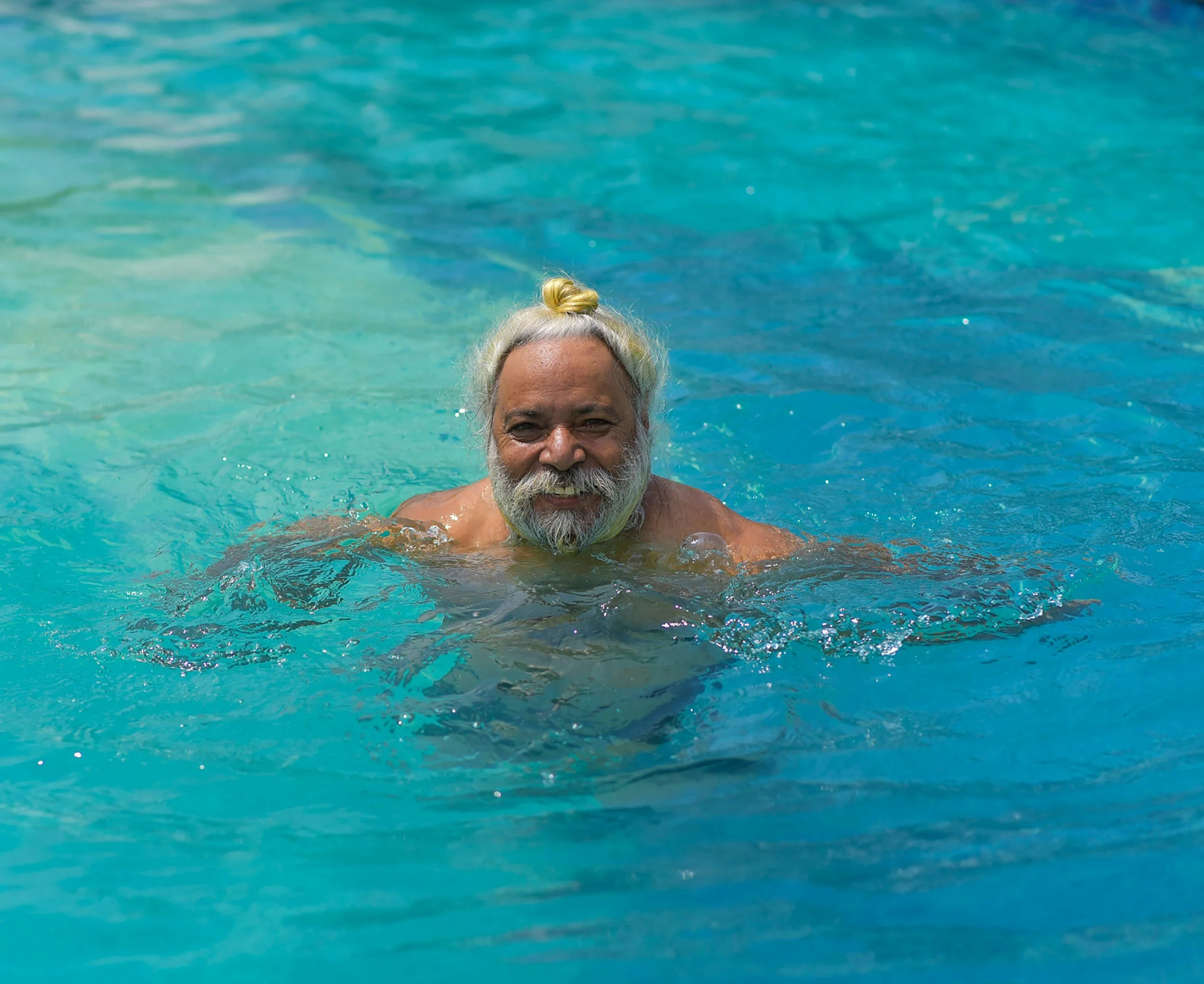Degenerative Decline: How Functional Training Prevents Late-Life Disability
Aging doesn’t have to mean losing your strength, losing your independence, or shrinking your world down to fewer and fewer things you feel confident doing. But that is the reality for millions of older adults—not because of inevitable aging, but because of preventable functional decline.
And the root of that decline is almost always the same:
People stop moving the way the human body was built to move.
They walk less. They lift less. They get up from the ground less. They avoid stairs. They avoid bending and twisting. And eventually, they lose the strength, balance, coordination, and confidence required to do those very things.
But here’s the truth:
Degenerative decline is not caused by aging. It’s caused by undertraining.
And functional resistance training—strength training that mirrors real life—is one of the most powerful tools we have to slow, stop, and even reverse that decline.
Swimming is a great form of exercise to improve your cardiovascular system. Don’t let arthritis or old injuries slow you down. Find something you can do.
Aging Doesn’t Disable People—Weakness Does
Let’s be honest: being winded on the stairs isn’t the real danger.
Being too weak to climb them safely is.
You can have great cardio and still lose your independence if you don’t have the functional strength to:
Stand up from a low chair
Catch yourself during a misstep
Lift your bodyweight to climb stairs
Move confidently without wobbling
Carry groceries or laundry
Get down to the floor and get back up
These skills aren’t luxuries—they are physical rights. They are the foundation of everything we do.
And when those abilities fade, life starts shrinking. People become less active “because they’re aging,” but really they’re becoming less active because their body no longer feels capable.
The Spiral of Decline (And How to Stop It)
Here’s the pattern I see constantly:
A person becomes a little weaker.
They avoid activities that feel difficult or unsafe.
Their strength drops even further.
They move even less.
Their cardiovascular health declines, mobility shrinks, balance worsens.
They become “frail.”
Independence disappears.
This is not aging. This is deconditioning.
The good news?
The spiral works in reverse just as powerfully.
Functional Training Is the Antidote
Functional resistance training isn’t about bodybuilding or chasing a pump. It’s about training the exact patterns of movement that keep people independent for life.
That means strengthening:
Sit-to-stand ability (the #1 predictor of long-term independence)
Step-ups and stair climbing
Balance and single-leg control
Hip hinge strength for bending and lifting
Core stability for safe, confident movement
Grip strength, which is shockingly correlated with mortality risk
This is not fancy. It’s not trendy.
It’s what the human body has always needed.
And when older adults train these patterns—even gently, even once or twice a week—the transformation is dramatic:
They walk without fear.
They get out of chairs effortlessly.
They climb stairs without using the railing.
They return to hobbies they thought were gone forever.
They feel younger because their body works like a younger body.
Functional training literally protects their future mobility.
Strength Is the Foundation of Longevity
Cardio is wonderful and necessary—but cardio alone cannot keep someone independent. You can’t out-walk, out-bike, or out-treadmill your way out of age-related weakness.
Why?
Because being “in shape” doesn’t help if you’re too weak to:
Control your bodyweight
Stabilize yourself during unexpected movements
Produce enough force to catch yourself when tripping
Lift your body out of a chair
Step up onto a curb without wobbling
Strength is the currency of aging well.
When your strength declines, everything else declines with it.
When your strength improves, everything else improves with it.
Even a Small Dose of Strength Training Is Life-Changing
The best part?
Older adults don’t need to train like athletes.
Twice a week.
20–30 minutes.
Basic patterns.
Light weights to start.
Consistency over intensity.
And the changes happen fast:
Better balance
Better confidence
Better mobility
Better stair-climbing ability
Better ability to get off the ground
Better cardiovascular efficiency (yes—strength training improves cardio too)
This is not optional.
This is not niche.
This is the foundation of a long, capable, independent life.
Healthy Aging = Functional Aging
I believe deeply in this work because I’ve seen what happens when people reclaim their strength:
They become freer.
They become more optimistic.
They feel years younger because their body finally supports the life they want.
Functional training isn’t about fitness.
It’s about giving people their autonomy back.
And that is the most meaningful thing we can offer.

